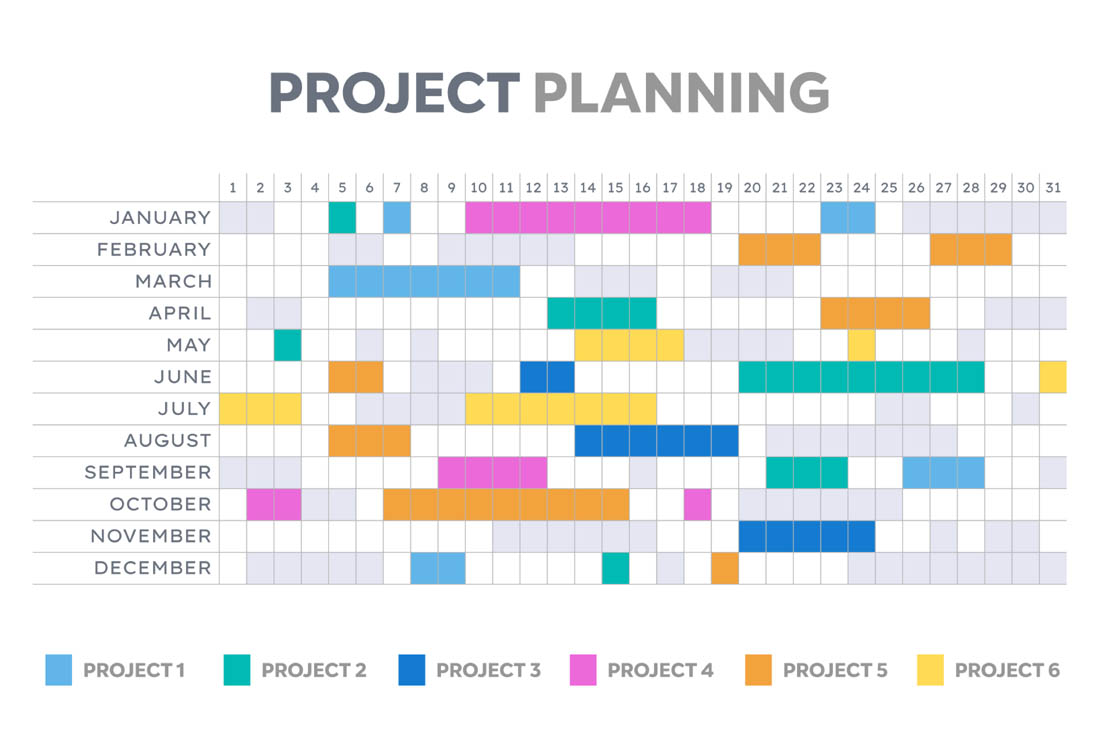Workforce trends are changing fast. Skills-based hiring, apprenticeships and return-to-office mandates are all changing the game for business leaders in 2024 — and it’s tempting to try every strategy at once.
Our advice? Don’t.
Before you jump on the latest AI platform bandwagon or dive headfirst into the 4-day workweek, it’s important to understand which strategies will actually work for your teams. In today’s rapidly-changing landscape, workforce planning is critical. There’s no margin for error — you need a measurable way to ensure you’ll always have the right people in the right roles, at the right times.
In other words: It’s time to get comfortable with workforce forecasting.
What is workforce forecasting?
Workforce forecasting is the process of predicting future workforce needs and proactively planning for them. It involves analyzing historical data alongside current trends to anticipate skills gaps and prepare for downtimes.
Workforce forecasts enable organizations to stay agile in the face of changing market dynamics and customer demands. This process also ensures you’ll have the right talent in place to drive business outcomes, both now and in the future.
A real-world example of workforce forecasting
For example, let’s say you have a big annual promotion coming up. You know from previous campaigns that several teams will be overextended — and you want this year’s push to be more successful than ever.
Using workforce forecasting, you can review last year’s call center logs, help desk tickets, sales data and workload reports to estimate how many hours each team will need and what skills they need to succeed. This allows you to hire and train the right number of people well in advance.
The importance of workforce forecasting for your business
Accurate workforce forecasting is essential in today’s competitive environment. It empowers you to anticipate changes — both in the labor market and within your own teams — so you can make data-driven decisions in several critical areas.
- Talent management: Without workforce forecasting, there is always a risk of talent shortages or surpluses. Preparing for future business needs empowers human resources to recruit, train and upskill as needed. This ensures you always have the right talent at the right time.
- Workforce planning: No good leader wants to see employees overworked, burned out or too exhausted to innovate. This is why you need accurate forecasts — they’re the engine behind strategic workforce planning. It’s how successful businesses anticipate future staffing needs to ensure the right number of people and reduce turnover rates.
- Succession planning: Identifying future talent needs enables you to develop existing employees for future leadership roles. This not only ensures a smooth transition of key positions but also boosts morale and employee engagement.
Steps for effective workforce forecasting
Effective workforce forecasting involves a systematic approach with several key steps.
1. Define your goals
Understanding your organization’s strategic direction is vital to determining your specific forecasting needs. Do you want to reduce voluntary turnover and increase retention long term? Or are you more interested in forecasting models to help prepare for fluctuating staffing needs from season to season? Once you’ve defined your business goals, you’re ready to move on to the next step.
2. Collect historical data
Next, start collecting past employee data to help you predict future workforce trends. Whether you conduct surveys or rely on workforce analytics software, collect insights to serve as your basis for future forecasting. Work locations, productivity reports and workload distribution are all examples of valuable data points — whatever you choose, make sure it maps to your goals in step one.
3. Identify future needs
As soon as you’ve collected your historical data, start analyzing insights to anticipate future workforce needs. Did employees work longer hours and exhibit signs of burnout during periods of high demand? Prepare for your next peak season by exploring part-time and temporary staff options. Are remote teams more productive when they meet in person? Look for cost-efficient ways to support hybrid work with the appropriate amount of office space. Preparing for these and other possibilities will help prevent unexpected complications.
4. Look for gaps
Now that you know what you’ve got and what you’ll need moving forward, look for gaps in your current workforce. Are any teams overextended and in need of additional support? Is it time to upskill staff with training and development? Should you prepare top performers for future leadership positions? Using your data to answer these kinds of questions will ensure your workforce planning is as effective as possible.
5. Set up dashboards
The workforce planning process is never officially done — finding your “just right” mix of talent will continue to evolve along with market and industry trends. But no business leader has hours each week to analyze and adjust. That’s why executive dashboards are a must. Rather than manually collecting data and evaluating trends, use automation to do the heavy lifting for you. Dashboards organize all the essential workforce information in an easy-to-digest format so you can keep a close eye on your workforce with real-time insights. Continuous monitoring allows you to see if your projections are going as planned or make adjustments to your plan as needed.
Tools and techniques for workforce forecasting
While there’s no one right way to approach workforce forecasting, these techniques and tools make the process easier.
1. Quantitative analysis
Using historical data that can be measured using exact numbers, such as productivity metrics and turnover rates, lets you quickly and accurately identify patterns and trends. Workforce analytics software is the best way to collect and analyze quantitative data.
2. Qualitative analysis
Analyzing subjective workforce data provides valuable context to guide predictions about real-world scenarios. Examples of qualitative data include employee opinions and manager reviews. Use employee surveys, focus groups or interviews to collect it.
3. Scenario planning
Using a hybrid mix of quantitative and qualitative analysis empowers you to create plausible future scenarios. By visualizing different outcomes, you’re prepared for a variety of potential workforce needs. And the more prepared you are, the faster you’ll adapt as different scenarios unfold. Many organizations use workforce planning software to fuel this process with accurate insights.
Transform your workforce forecasting and planning with ActivTrak
Ready to transform your workforce with accurate forecasts? ActivTrak’s dashboards will do the heavy lifting for you. Use them to:
- Predict the impact of upcoming changes or shifts to your workforce
- View past productivity data to help predict future outcomes
- Build future workplace policies based on location insights
- Prevent burnout and turnover with accurate workload management insights
Request a demo for a behind-the-scenes look at these and other dashboards, and to learn how organizations like yours use them to gain a competitive advantage with workforce forecasting.





